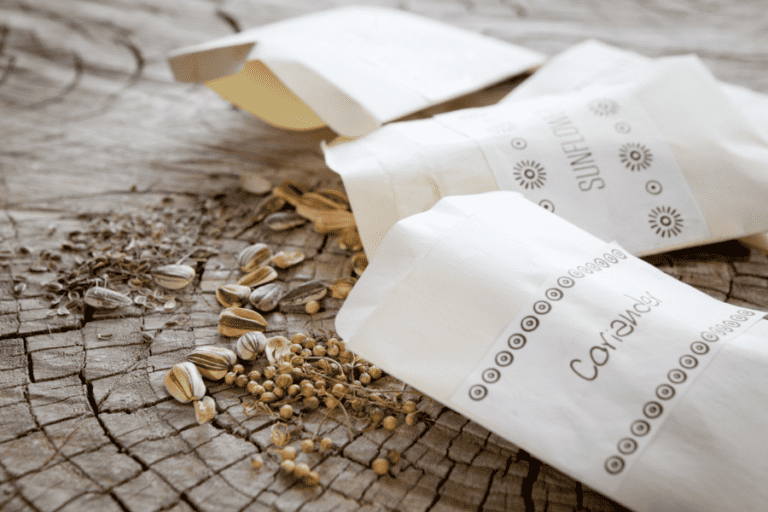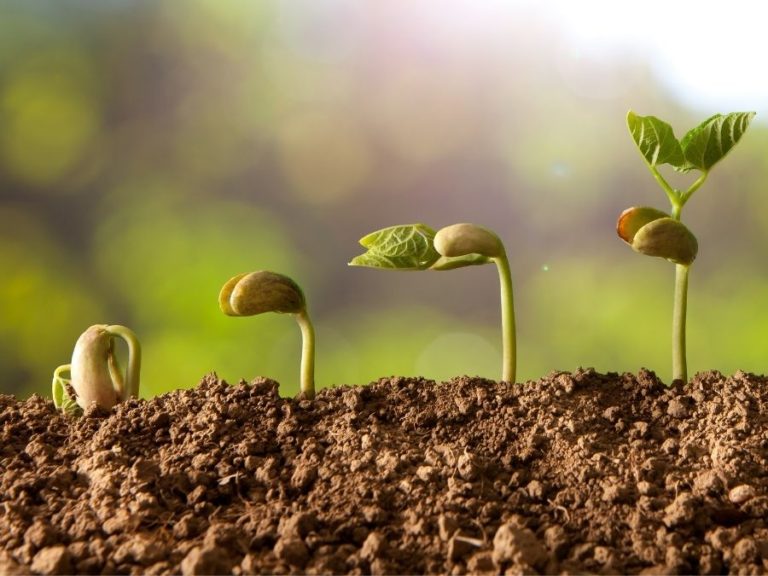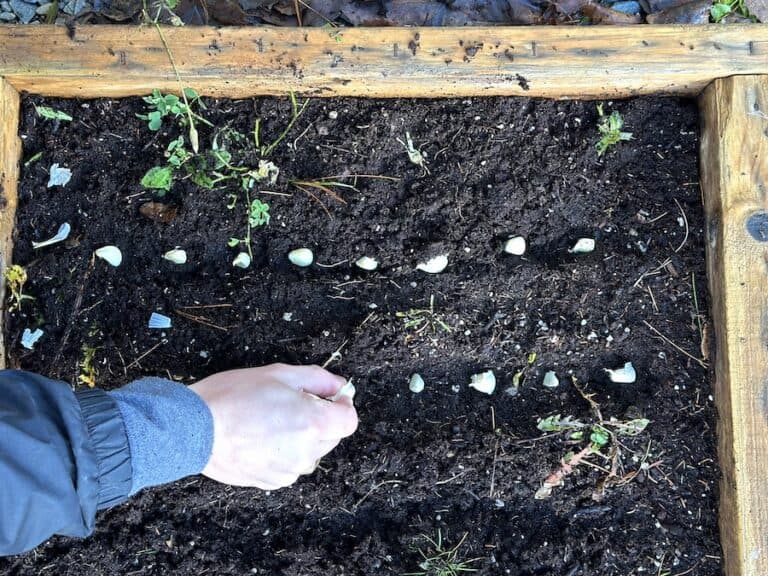Should I Till My Garden In The Fall Or Spring?
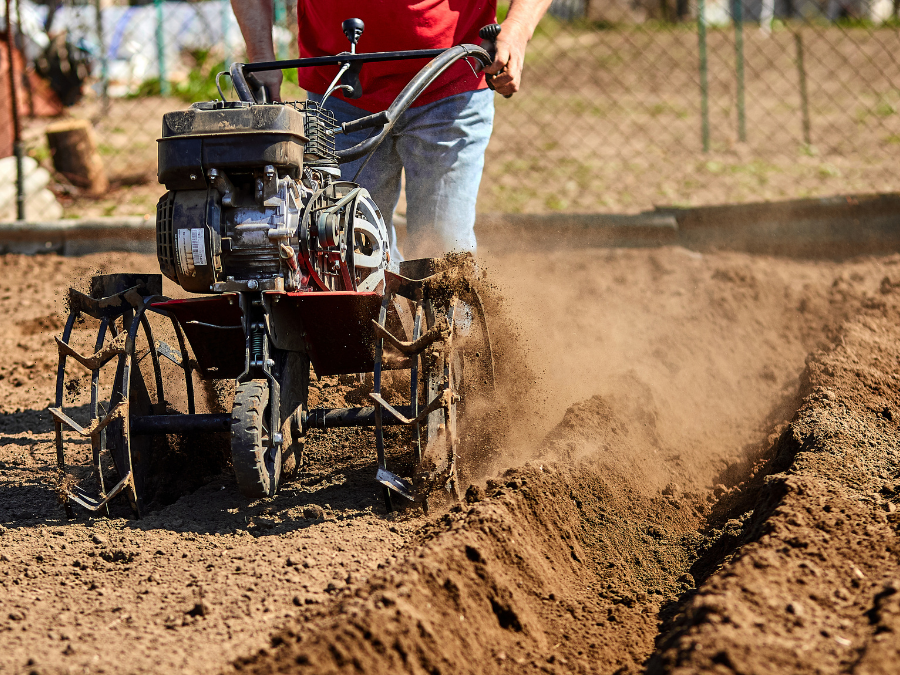
Garden tilling is the practice of loosening or rearranging soil to provide greater soil aeration and a less compacted soil environment for plants. However, the practice of tilling can also facilitate harmful erosion and upset the balance of soil moisture and nutrients. Therefore, it is important to know the best time to till your garden for optimal vegetable growth.
Should I Till My Garden In the Fall Or Spring? The best time to till your garden is in the Fall to allow the soil more time to settle, allow the compost to fully break down and reduce the likeliness of weeds. Tilling in the Fall also allows you to begin gardening sooner, as the soil will already be ready for planting.
In this article, we will explore why Fall is the best season to till your garden, tips and tools and how to manually till your garden.
Disclaimer: This article includes affiliate links. If you click one of them, we may receive a small percentage of the sale at no extra cost to you. Thank you for your support!
Why Till Your Garden In The Fall
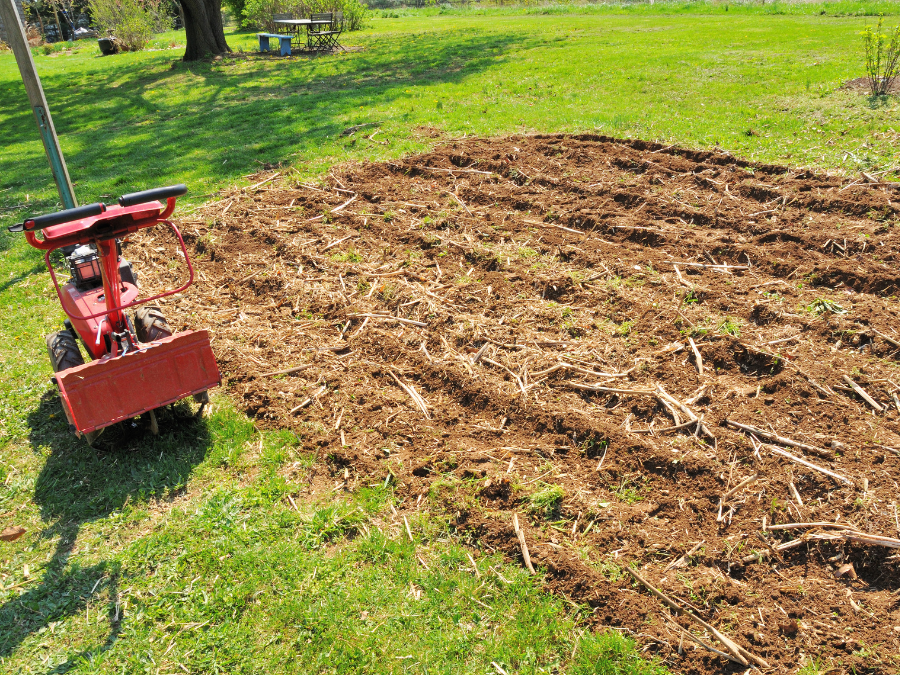
Generally speaking, Fall is the best time to till your garden. This gives the soil more time to settle and develop a fertile planting ground, allowing you to plant your crops earlier. While it is possible to till the Spring, it could take longer for the soil to settle and the ground to be optimal for your garden.
If you decide to use compost in your soil, it can take at least two months to begin turning to humus——a dark, nutrient-rich soil matter. Tilling in the Fall will give your soil (and any added compost) enough time to break down and be easier for plants to use the following gardening season.
In addition, exposing weeds to the cold, harsh conditions of winter is conducive to reducing their growth. Gardens that are not tilled (or have reduced tilling) are more likely to develop perennial weeds. Note that you should pull extensive weeds before tilling.
A few vegetable plants that benefit from Fall tilling include:
- Peas
- Spinach
- Collards
- Kale
- Beets
- Lettuce
- Asparagus
- Turnips
- Onions
- Radishes
- Rhubarb
Tips For Tilling
After the Fall harvest is the ideal time for tilling your garden, although you should not wait until too late to begin, the soil should be moderately warm in temperature (around 60 degrees Fahrenheit or greater) for optimal tilling conditions. Be sure to do this before freezing conditions begin.
Before tilling, make sure that the soil is wet enough yet not too moist or soggy. The soil should be damp enough to crumble and fall apart in your hand. However, if you can form a sphere in your hands out of the soil, it is likely too moist and will need to dry out prior to tilling.
It is not necessary to clear the garden of all organic materials before you begin tilling, as the decomposition of these materials aids in fertilizing the soil.
It should be noted that any and all diseased plants and vegetable crops should be removed as this could lead to problems in the next growing season. If you do want to remove dead plants from your garden and are unsure what to do with them, check out our article “What To Do With Dead Garden Plants (11 Options/Ideas).”
Tools For Tilling
Several tools can be used for tilling a garden. You can choose between a machine tiller, a handheld tiller or additional garden tools for manual tilling.
Tiller/Cultivator
It goes without saying that the best tool for tilling a garden is, of course, a tiller. A fantastic and affordable tiller is the Sun Joe 16 in. 12 Amp Electric Garden Tiller/Cultivator. If you seek a hand tiller for manual tilling, then the Garden Weasel is for you!
Shovel
This is a must-have for almost every garden. It can be used for digging holes, cutting through hard soil and handling compost. For double-digging tilling, we suggest using the Nupla-72 Round Point Shovel.
Spade
A spade is a superb tool used for manual tilling. Due to its square edges, it is more than ideal for creating edges, digging and turning soil. We recommend the Fiskars 46 Inch Steel D-handle Square Garden Spade as it is both an affordable and durable option.
Garden Rake
A good garden rake will help to smooth out the soil after manual digging. The MIYA Bow Rake is a great choice that also assists with mixing soil and fertilizers along with loosening soil.
How To Manually Till A Garden
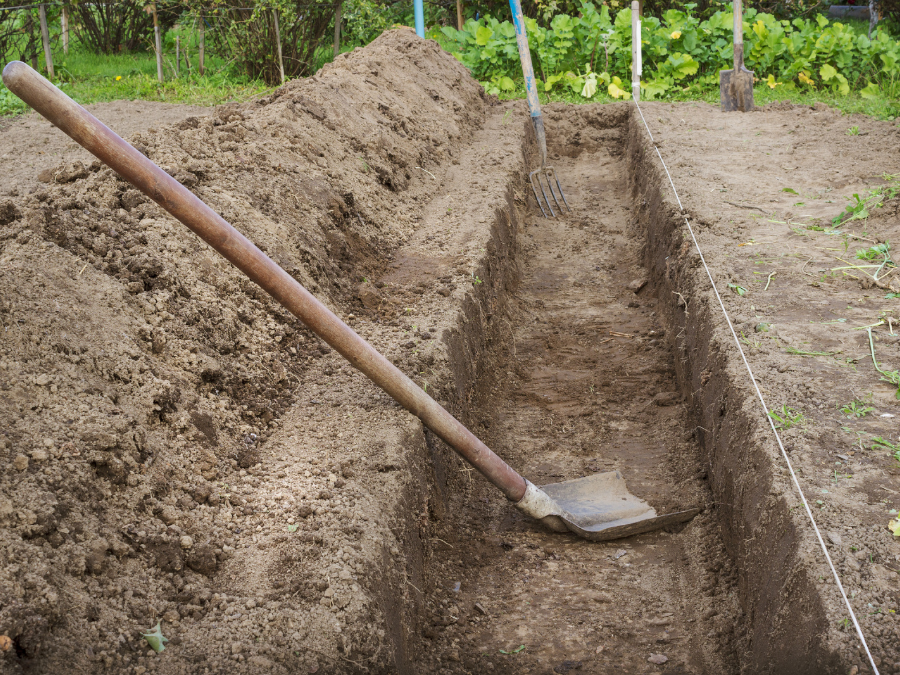
Manually tilling a garden, also known as double digging, is the process of tilling without using heavy machinery.
First, using a shovel or spade, dig a trench in the soil around 12 inches wide and to the depth of your shovel or spade. This trench can be several feet long (or as long as you have space). Keep enough room alongside the first trench to dig at least one more trench.
In the trench, break up the soil around the 10 to 12-inch mark. This will allow the deeper soil to aerate. Make sure not to mix the soil as you dig.
Begin to add a few inches of compost to the bottom of the trench.
Now, parallel to the first trench, dig a second trench with the same dimensions, with enough room to walk between them. Use the soil from the second trench to fill the first trench loosely. Do not pat or otherwise compact the soil down.
Loosen the bottom soil of the second trench as you did the first. The idea is to break up the soil enough to provide aeration and room for garden plant roots to grow. And begin to add a layer of compost again.
At this point, you can continue to dig more parallel trenches ——filling the previous trench and loosening soil as you go. You can simply stop once you have made enough trenches.
Lastly, once you have all the trenches made, add another layer of compost to the top of the trenches. Then, rake over each trench to create an even surface for future plants.
Please note you will need to double-dig till your garden every three to five years to loosen the soil, as it naturally compacts over time.
Final Thoughts
Tilling in the Fall has numerous benefits for those seeking to start their gardens in early Spring. It exposes weeds to winter conditions, decreases the likeliness of weeds returning in the warmer months and gives compost time to incorporate into the soil properly.
Though tilling is still possible during the Spring, it could take weeks to months for the soil to settle afterwards, leading to a later start to the planting year.

